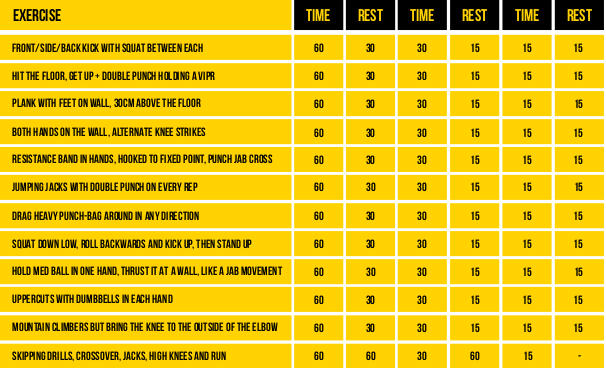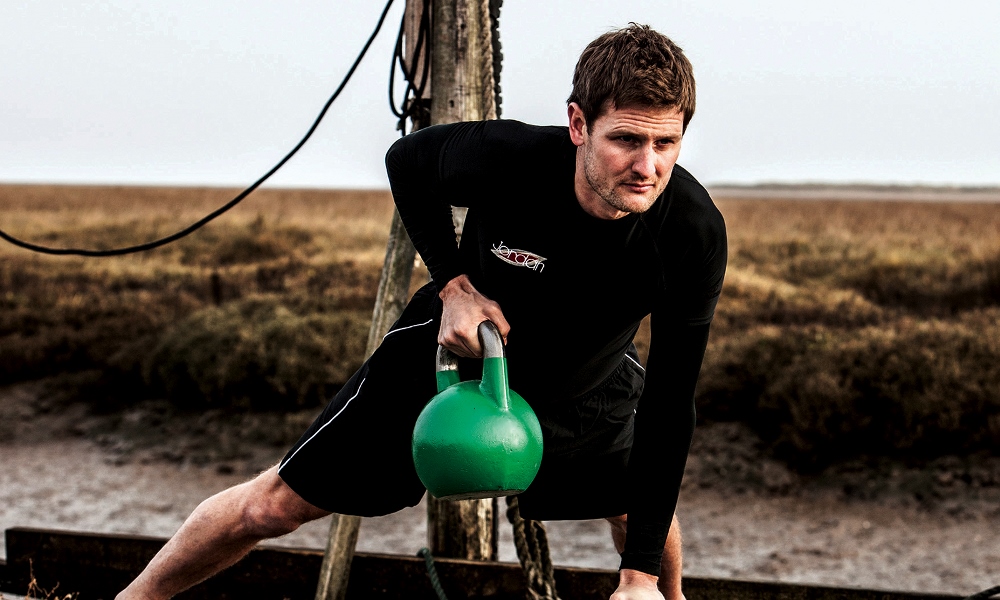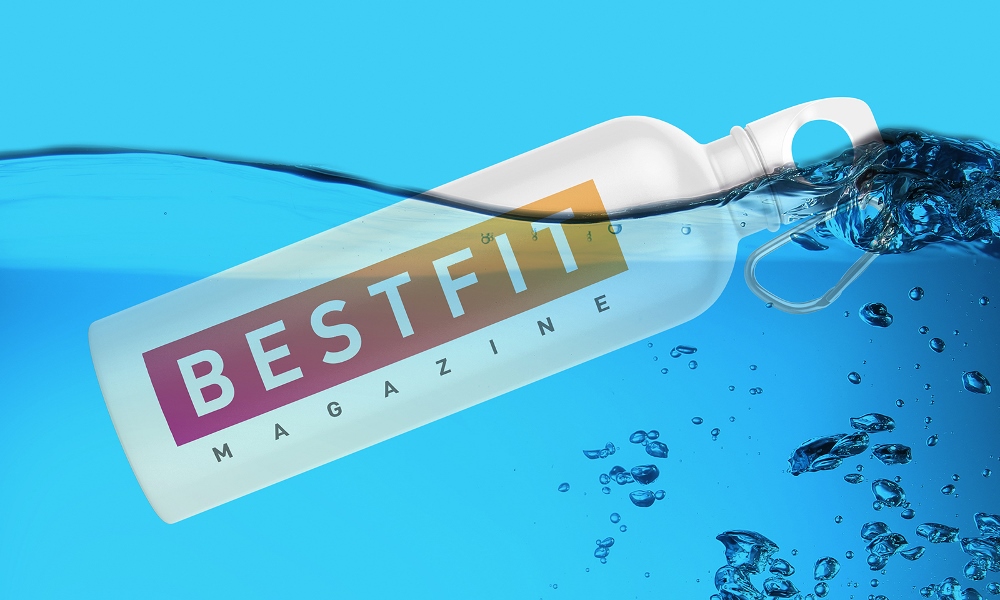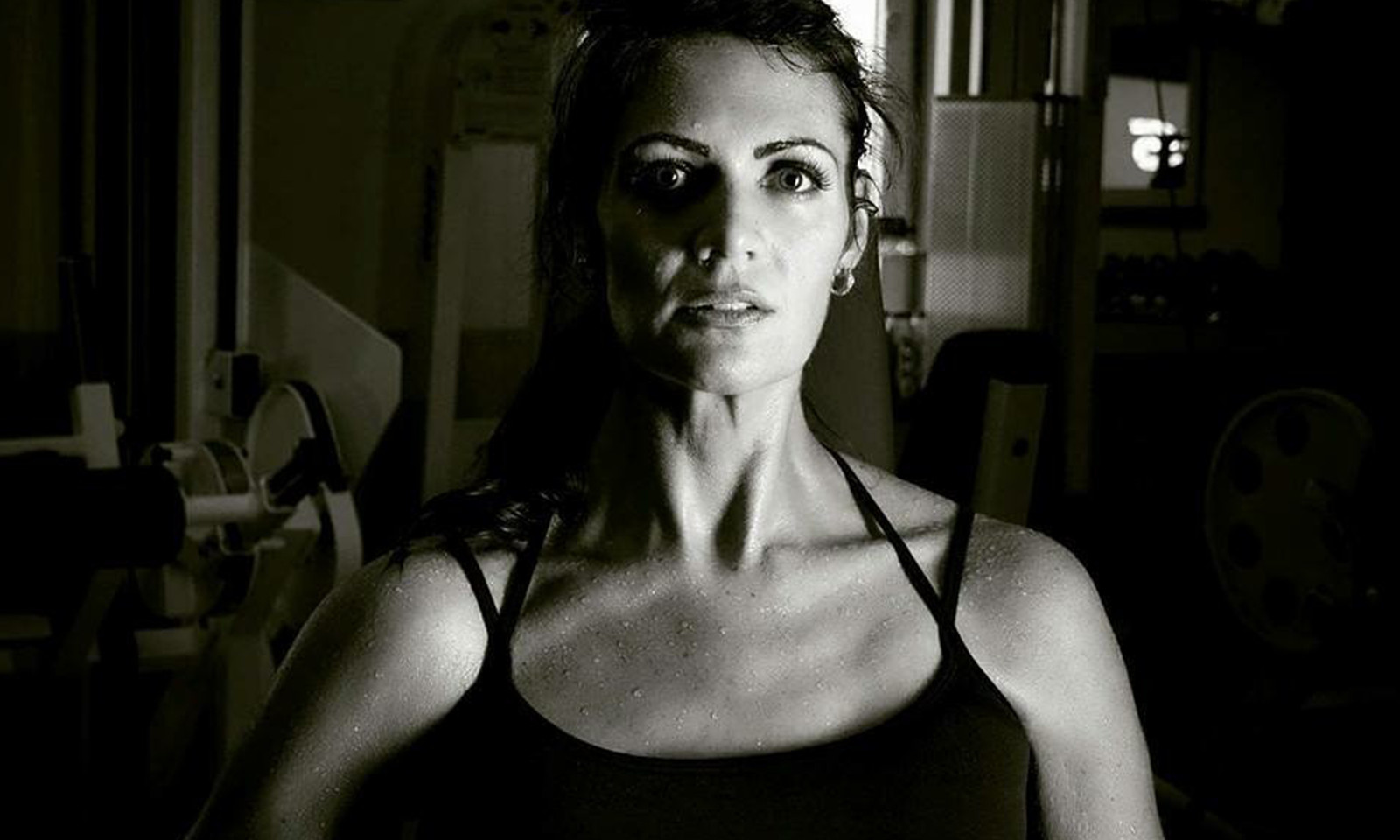BESTFIT Issue 20 – Fighting Fit
Share

Bestfit investigates the benefits of martial arts training
Whilst most of us associate martial arts with the Far East its origins are not so narrowly defined, since history shows us that many different cultures formulated an indigenous form of combat in order to ensure their survival.
From lua in Hawaii or pankration in ancient Crete, to the better known krav maga in Israel and the increasingly familiar capoeira in Brazil, there are examples of primal fighting forms from all around the globe. All of them have been handed down the generations, giving us a choice of styles that each brings significant health and fitness benefits.
In general, all forms will lead to improvements in healthrelated fitness components such as stamina, strength, flexibility and weight loss, but their true value lies more in providing a route to improving skill-related factors including co-ordination, agility, balance and speed. There is also an opportunity for personal growth via improved self-confidence, concentration skills and the positive mind-set associated with the morals, values and virtues that are taught in most disciplines. Since these are skills you can take with you outside the gym and apply to various aspects of everyday life, it could be argued that martial arts offer a much more profound pastime than straight fitness activities.
So, whether you’re looking to kick off calories, be safer on the streets or punch away work pressure the below BESTFIT guide will ensure you choose the right martial art to meet your specific needs.
Best for Fitness
Shotokan Karate
Since the basic techniques are practised in deep stances to provide stability and a platform for powerful movements, this is great for developing leg strength and toning the hips and thighs. Traditional teaching stresses that powerful punches and kicks are totally dependent upon a strong core, so you can expect to see some impressive six-pack results coming your way. After learning the fundamentals, through which you’ll discover how to generate power, you’ll progress to kumite, or sparring. Initially this is pre-choreographed to ensure safety but then later becomes much more fluid and dynamic in freestyle fighting. Since it’s based on 20 zen-like principles, there’s also an emphasis on building character.
Try it out – www.kugb.org
Muay Thai
Most commonly associated with Thailand (see next feature), fighters compete in a boxing ring, wearing gloves similar to those worn in western boxing, and strike with hands, elbows, knees and shins, leading to it being referred to as the ‘art of eight limbs’. Training for bouts is notoriously rigorous and after learning the strikes and kicks you can expect to endure spirit-breaking sessions hitting bags and pads combined with a wide range of bodyweight exercises, plus running and skipping
Try it out – http://www.ukmtf.com/
Judo
Known as ‘the gentle way’, this Japanese art was developed in the late 19th century and is characterised by dynamic throws to down your opponent, plus choke-holds and arm-locks for controlling them on the ground. The great skill is not simply in learning the techniques but understanding how to use timing and leverage to disrupt an opponent’s balance that will then ensure your throw is successful. Judo teaching, then, will often focus on striving for efficiency, endeavouring to overcome your adversary with the least amount of physical effort
Try it out – www.britishjudo.org.uk
Jiu Jitsu
It’s similar to judo, in that it incorporates throws, chokes and locks but with the added potency of including strikes and kicks. The aim is to neutralise an enemy and to use their energy against them as opposed to trying to overcome it. Down the years teaching of the art has become varied and in some classes you’ll even find the application of gouging and biting. However, one of the most useful additions is disengagements, allowing you to escape from disadvantaged and potentially dangerous positions.
Try it out – www.bjjagb.com
BEST FOR FLEXIBILITY
Capoeira
You could, at first, be fooled into thinking this is not a martial art but rather a form of dance as it combines strikes and kicks with acrobatics and rhythmical movement to music. In addition, it’s usually performed with a partner, and can at times appear quite elegant. However, this is a genuine combat discipline developed around 500 years ago in Brazil by African slaves who wanted to improve their fighting prowess but keep it hidden from their captors. Featuring dazzling high spinning kicks, cartwheels and low lunges to avoid attack, it’s no surprise classes will help to improve your flexibility and overall body strength.
Try it out – http://www.martialartsclubs.co.ukwidely/
Taekwondo
Derived from the Korean words ‘tae’ meaning foot, ‘kwon’ meaning fist and ‘do’ meaning way, it literally translates as ‘the way of the foot and fist. Strangely, although the roots of this method are around 2,000 years old, the term ‘taekwondo’ has only been used since the 1950’s. Despite the reference to hands in the name, the emphasis is very much on head, spinning and jumping kicks with the Olympic competitions scoring system weighted to these kicks rather than punches. With this in mind, classes focus on increasing the range of motion in the lower body and developing the agility and foot speed to enable you to get into the right position and then deliver a successful kick.
Try it out – http://www.britishtaekwondo.org.ukoriginally/
BEST FOR REDUCING STRESS
Aikido
This Japanese art involves throws and joint locks that are derived from jiu jitsu, but focuses on using an opponent’s own energy to gain control of them or to throw them away from you, rather than striking or kicking. It’s a very fluid practice and places great emphasis on understanding the body and limbs in motion together with the dynamics of movement.
Try it out – http://www.bab.org.ukderived/
Tai Chi
Originally developed as a martial art in 13th-century China, it’s now practised around the world primarily as a healthpromoting exercise due to research showing the balance, mobility and de-stress benefits that can be gained. It is particularly recommended for the elderly and championed by the NHS due to it being non-competitive and affording the option to work at your own pace.
Try it out – www. taichiunion.com
BEST OVERALL
Mixed Martial Arts
Widely reported to be the fastest growing sport on the planet, both in terms of viewers and participants, MMA deserves a special mention. Since it combines the best elements of many different combat disciplines it could be justifiably argued as the ultimate fighting style and the optimal all-round training medium.
Whilst the true origins of the sport can be traced back to crosscode fighting in ancient Greece and more recently to Vale Tudo (translated as anything goes) contests in Brazil, today’s phenomenon owes a debt to the UFC, an organisation created in the US in 1993 and undoubtedly the best known brand in the sport, if not all sports, currently. From its headquarters in Las Vegas, the UFC stages around 40 live events each year that are broadcast to somewhere in the region of 800 million homes, in around 130 countries. If you need any further convincing of the popularity and potential reach of the sport, it’s worth noting that Fox TV paid $700 million for the broadcast rights and Reebok invested $70 million just to provide kit for the fighters. However, with the likes of the outspoken Dubliner, Conor McGregor and fighter/actress/model Rhonda Rousey now becoming household names, those look like wise investments.
Fights take place in a caged octagon with competitors wearing fingerless gloves to allow for grappling. Footwear is not allowed, so kicks need to be accurately delivered as wild contact with a knee or elbow could result in worse injury for the aggressor. Fighters are allowed to punch, elbow, kick, grab, throw, choke and arm-lock in order to win bouts and this explains the huge spectator appeal as there’s no predicting how a fight might end.
In case you needed convincing of the fitness value of MMA training, just take a look at the physiques of any of the leading exponents, both male and female, across the eight weight categories. Strong, powerful, fast, agile and carved out of living marble!
Try it out – www.martialartsclubs.co.uk
How to…get your kicks
Flexibility in the adductor muscles of the inner thigh is the key to being able to fizz your feet around your opponents head, so here’s a stretching technique to enable you to do exactly that. Proprioceptive neuromuscular facilitation has been proven to be the most effective method for increasing range of movement around a joint and whilst it’s usually performed with a partner, here’s one you can try solo.
Sit on a mat with your back up against a wall, draw your feet in as close as possible with your soles touching and place your hands on the inside of your knees. Gently push down on the inside of the legs until you feel the stretch, as mild tension in the inner thigh. Hold at the end point and contract your inner thigh muscles for around six seconds to try to close your legs but at the same time press down strongly with your hands so the legs don’t move. Relax and take your hands off, but now try to open your knees wider simply by pulling them down using the hip and leg muscles. Finally, press down again with the hands to the furthest comfortable position, hold for 30 seconds and slowly release.
“Flexibility in the adductor muscles of the inner thigh is the key to being able to fizz your feet around your opponents head.”



















FOLLOW BESTFIT